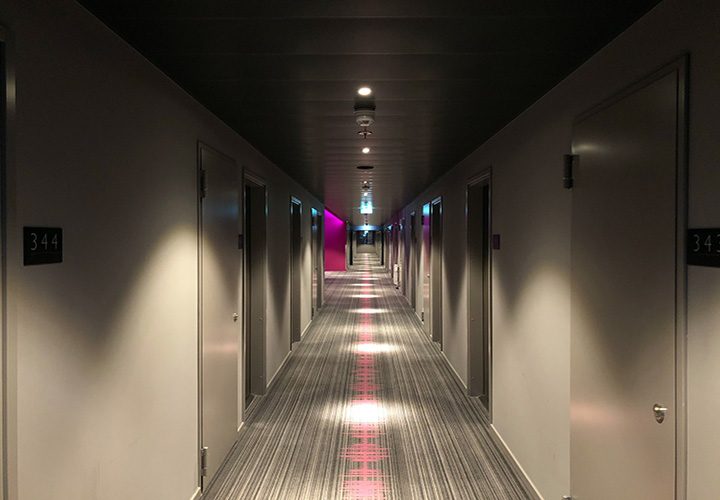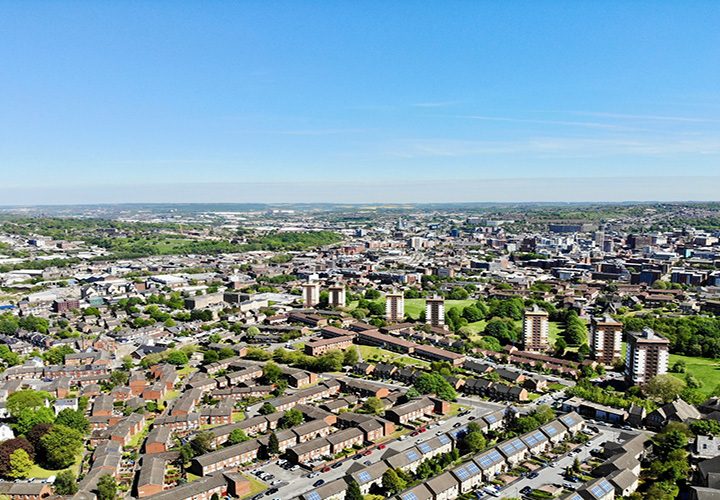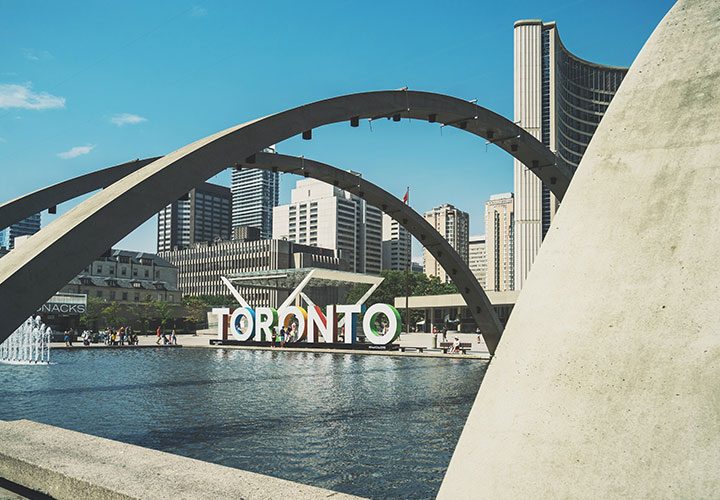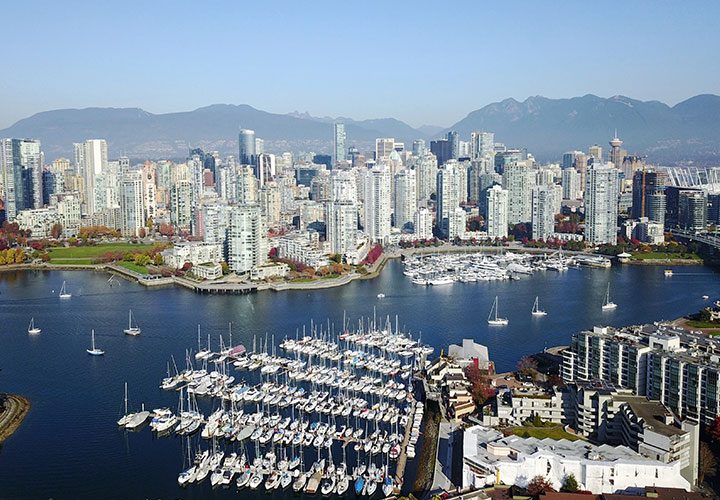Dijon
Dijon is one of France’s most appealing cities. Filled with culture and heritage, it is a city that holds character and charm. From medieval to Renaissance buildings, it is a centre for historic stories. As a well connected city, there is so much to explore and see. Home to the traditional mustard, Dijon is a culturally rich visit. As the capital city of the Burgundy region, there are lots of attractions to see.
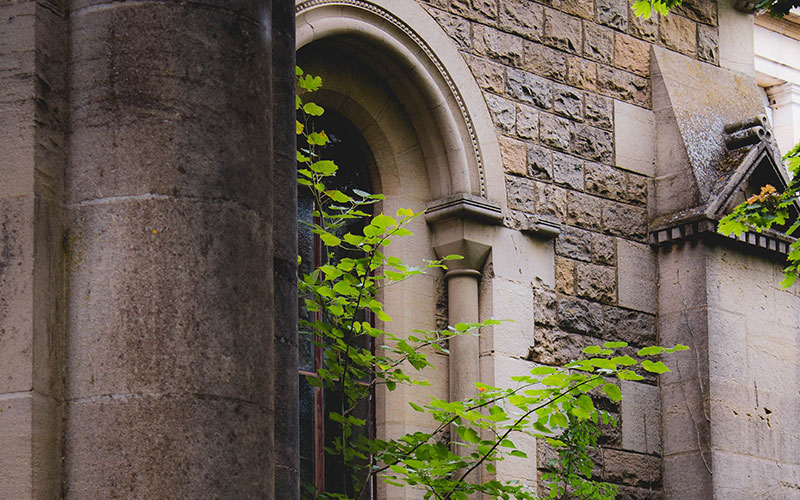
Details
Before visiting any town or city make sure you know the basics. General details and important information.
- Emergency Services: 112
- Language: French
- Currency: Euro
- Country Code: FR
- Travel Visa: None required
- Population: 155,114
Risk Level
Researching various official sources, we perceive the risk to holiday makers and travellers are as follows;
Travellers Tips
Top travel advice and interesting tip bits of information from experienced travellers.
Emergencies
For the Emergency services just dial 112 from any phone.
Hospitals in Dijon
Tourist Offices
Travelling Around
As a city, Dijon has well connecting transportation. Despite not being in the area of a major airport, the city is still accessible. Train is a perfect way to travel around the city, with high-speed trains (TGV) connecting lines to neighbouring cities. Car is another transport option, being easily accessible from Paris and Lyon.
Airports
Train Stations
Dijon Safety
How do I keep up with the local news?
What are some safety tips I should know?
Keep your bag across your shoulders to prevent a thief snatching it and where possible avoid flashing expensive items and cash.
Travel insurance is a good thing to have, just in case of any incidents.
What are the common crimes?
As with most popular European cities, tourists should be careful of pickpockets and petty thieves especially around major tourist sites and travel hubs.
Are there any areas to avoid?
Central Dijon is very safe but riding the new tram to outlying suburbs is less advisable.
Improve Your Personal Safety
Knowledge – the more you have the better equipped you are.
Awareness – the more you see the safer you become.
Response – the right reaction can change a situation.
Local Traditions
Every culture has its customs and traditions, they have been handed down the generations and are always held in high regards by the local residents.
Annual Ceremonies
Florissimo
An international show devoted to Horticulture and Landscaping. The show takes place every five years since 1980 and gathers many thousands of visitors. The exhibitor categories are Ornamental horticulture, flowers, bonsai, cut flowers and orchid and these are displayed in the Parc des Expositions, which is transformed into a tropical paradise.
Festive days in Fountain Ouche
This is a month of festivities in Dijon open for everyone to enjoy. The festivals aim is to promote social cohesion through culture and celebrate a festive time of sharing and meeting with people. For 3 weeks in summer the area enjoys events, shows, theatre, circuses and concerts which culminate in the Parade Metis, where over size animals visit Fountain Ouche and the evening ends with a dance.
Annual Events
Annual events allow a city come together for some amazing experiences. If visiting at this time, make sure you have your accommodation booked and are always aware of your surroundings when travelling around.
Dijon Events
Dijon International Gastronomic Fair
Held each year for the first 2 weeks of November, the fair includes more than 500 exhibitors and receives more than 200,000 visitors. With hundreds of booths by both amateur and professional cooks, new products in the field of food and wine and lots of delicious things to try, this fair is a popular event. There are also cooking demonstrations for those interested in learning new cooking tips, while sampling the professionally prepared food. Each year, the organisers of the fair invite one foreign country to add a touch of exotic to the festivities and add interest to this food event in Dijon.
Golden Age Grand Prix
The Grand Prix de l’Age d’Or is one of the longest surviving races in France. Currently it is held at the historic Dijon Prenois where you can watch the historic racing taking place. In 1964 Serge Pozzoli and Jacques Potherat, with a handful of enthusiasts started the Cups Golden cup, the first competition gathering of old cars. Renamed the Golden Age Grand Prix this historic event continues and is one of the most well known in France and Europe.
Coupes Moto Légende
Held annually at the Prenois Race Circuit 20km north of Dijon in late May or early June, is one of the largest classic motorcycling events of its type in Europe. Attracting up to 30,000 spectators and participants from all over Europe the event allows over 1000 members of the general public to take their old motorcycles out on track for up to three 15 minute sessions over the weekend of the event. These old bikes are categorised into different classes from pre 1930 through to the “superbikes” of the early 1980s and range from the simplest road going machines to famous ex- works racers.
Dijon Highlights
What are the main attractions?
Place François Rude
Also known as Bareuzai Square, it is the central point in the medieval centre of Dijon. The surrounding streets are pedestrian areas and it is a very pleasant place to take a historic stroll, or enjoy a drink. Its architecture is a mixture of medieval and Renaissance and in the centre is a fountain. A bronze statue of the child Bareuzai can be found in the square, squeezing grapes to make wine, as Dijon is the second most important town in this wine region.Jardin Darcy
The park features carved stone balustraded terraces, sequences of waterfalls, ornamental planting and children’s play areas. There is also a large stone bear who greets you at the entrance, which is a copy of a sculpture by Henri Martinet. It is a haven of rest very popular with Dijon locals and many tourists.The Owl of Dijon
In the Rue de la Chouette, a pedestrian path along the north side of the Notre Dam, at the corner of a buttress of a chapel is carved a bird that Dijonnais call the owl . Its original meaning is not known. The owl is very worn due to the superstition it raises, where Dijon locals and tourists lift their left hand and stroke the owl asking for a wish to be fulfilled. Adopted by the town as an emblem, little gold owls are embedded in the pavement showing tourist routes.Are there any historic attractions?
The Well of Moses
A masterpiece monumental sculpture of the Dutch artist Claus Sluter in 1395. The style has Gothic grandeur combined with a European realism, but on a monumental scale rarely seen. It consists of a large crucifixion scene of a tall cross surmounting a hexagonal base, which was surrounded by the figures of the six prophets who had foreseen the death of Christ (Moses, David, Jeremiah, Zachariah, Daniel and Isaiah). The work was damaged in 1791, during the French Revolution and only fragments of the Crucifixion scene survive, which are now housed in the Musée Archéologique in Dijon.Palais Ducal
The Palace of the Dukes of Burgundy is a well preserved historic palace in Dijon. The oldest part is from the 14th and 15th century Gothic Ducal Palace and seat of the Dukes of Burgundy. Today, the palace is still part of Dijon politics with the Mayor of Dijon’s office within. It’s also a museum with the ground floor dedicated to the palace’s and Dijon’s history and the east wing containing the Musee des Beaux-Arts, one of the Frances premier art museums.Cathedral of Saint Benignus of Dijon
To the west of the Ducal palace the twin-towered Cathédrale St. Bénigne stands in Gothic majesty. This large church is the seat of the Archbishopric of Dijon, and is a French national monument. Originally a Benedictine abbey, the cathedral is the product of a many reconstructions over its 1,500 year history. Today, in addition to being a national monument, the church is as a museum with primarily Roman and medieval artifacts.Musée de la Vie Bourguignonne
This is situated in the cloister of a former Bernardine convent building and houses a collection to display every day life of rural and urban people in Dijon, from the 18C to the 20C. The Museum is over three floors. The ground floor has exhibits covering rural life of Burgundy in the late 1800s, the 1st floor shows daily life in Dijon from the late 1700s until the 2nd World War and the 2nd floor has a reading room and library as well as audio visual displays.Where else is good to visit?
Lac Kir
The lake covers 37 hectares with a beach of 3000 m2 and more than 30 hectares of grass, shrubs and trees. Built in 1964, safer dreams of Canon Félix Kir who was a mayor of Dijon from 1945 to 1968. Today the lake is a much loved leisure site and area of natural beauty inhabited by swans and duck who joined in the winter by seagulls and coots. There are leisure activities here with a swimming area, sailing area, canoe and windsurfing centre, volley-ball, table tennis, mini-golf, tennis, and extensive playgrounds. A railway line runs alongside the lake and there is a statue of the Grenadier, from Dijon sculptor Georges Diebolt.Les Halles
The municipality of Dijon decided to build this iron lattice covered market in 1873. The plans were prepared by Gustave Eiffel, a native son of Dijon and architect of the city and the building was completed by engineer Clement Weinberger. The structure is a series of ironwork arches and columns, with capitals decorated with tendrils of vine. The cross pieces of the great arches are decorated with heads of deer, sheep, wild boar and game. The roof is much inspired by that of the halls of Paris. The central market open until 1 pm on Tuesdays, Fridays and Saturdays and Thursdays for food stalls.


